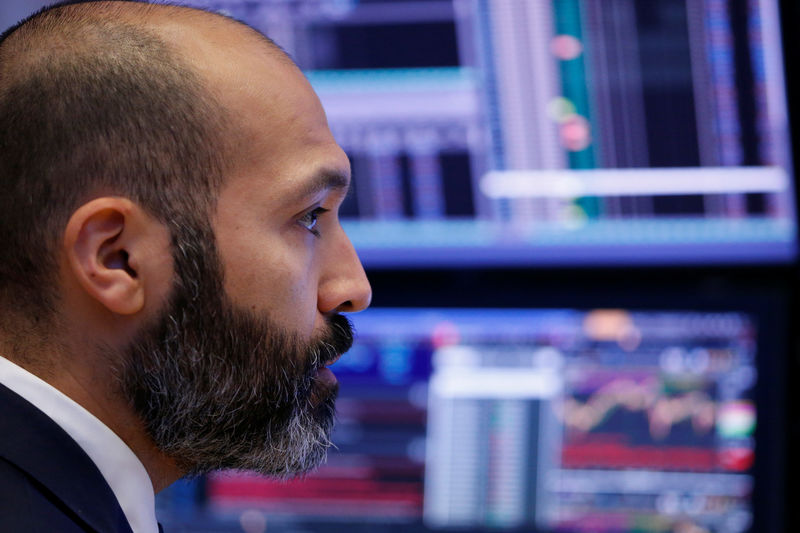SAN FRANCISCO (Reuters) – Chinese company Hesai Group on Monday sued the U.S. government for adding the lidar light sensor maker to a list of companies allegedly working with Beijing’s military.
Hesai, whose lidars help self-driving cars and driver assistance systems get a 3D map of the road, was added to the list by the US Department of Defense in January along with more than a dozen other companies.
While inclusion on the list does not result in an immediate ban, it does serve as a warning to U.S. organizations and companies about the risks of doing business with them.
“No Chinese government or military entity has sought to exert influence or control over Hesai Group’s management, strategy or R&D activities,” Hesai said in the filing, adding that the company is majority owned by shareholders outside China.
The addition to the so-called 1260H list caused “serious reputational damage, significant declines in stock prices and loss of business opportunities,” it said, asking a U.S. district court to order the government to remove Hesay from the list.
The Defense Department did not immediately respond to requests for comment outside business hours.
In Monday’s filing, Hesai, which has been listed on the New York stock exchange since early last year, said the department was “provided with no warning, no explanation and no opportunity to defend itself prior to listing.”
The government has not provided any substantive response to its requests for removal or attempts to resolve the issue out of court, it said, adding that it develops and manufactures products for commercial and civilian use only.
remove ads
.
Some U.S. lawmakers have expressed concerns about the use of AV technologies such as lidar, radar and semiconductors when they are manufactured by Chinese firms, citing perceived risks associated with data on Americans being collected and potentially shared with China.
U.S. Transportation Secretary Pete Buttigieg told Reuters last year that his agency had national security concerns about such technologies and that there was a need to better understand “the true ownership of the various businesses that supply various elements of our transportation systems.”


